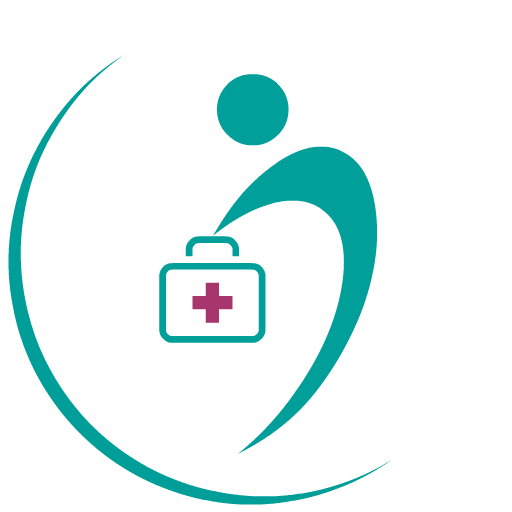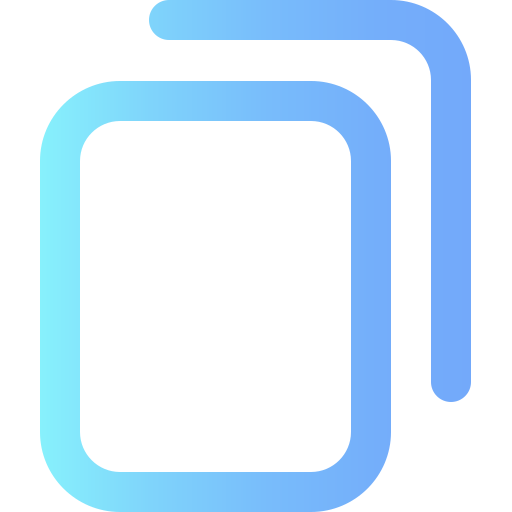When used in medicine and healthcare, the term triage refers to the sorting of injured or sick people according to their need for emergency attention.
It is a method of determining priority for who gets care first. Triage is generally performed by Nurses and Doctors with experience in handling emergency medical situations.
Patients are generally sorted into one of three categories:
(1) those requiring immediate care,
(2) those requiring some type of urgent care, but who are able to wait a short time (e.g., minutes) to receive this care, and
(3) those requiring some type of standard care, and who are able to wait considerable time (e.g., hours) to receive this care.
Triage involves performing a rapid assessment of a patient. Rapid assessment is a two- to five-minute process undertaken by a nurse to identify a patient’s presenting problem, collect the patient's basic history, and ascertain the patient’s current physical/psychological condition.
Based on this rapid assessment, the nurse is able to make a decision about the level of urgency assigned to the patient - that is, the type of care they require, and how soon they require it.
Clearly, proper triaging requires a lot of experience and expertise and can depend not only on the condition of the patient but also on the availability of resources especially during times of mass crisis or pandemics.
If a patient is taken to the emergency with multiple injuries, the medical professional makes a skilled assessment and decides how quickly the patient needs to be attended to, and which injuries are treated first.
The Triage model is designed to give the patient the greatest chance of survival. If, for example, an admitted patient has an underlying kidney problem, but fell over, broke their arm, and at the same time had a heart attack, the medical professional would assess the patient and attend to the most critical issue first.
Once that is in order, they would then see which is the next most important urgency and so on. In this situation, though the kidney condition is essential until the heart is treated, the kidney has less priority.
As there are competing health issues, we find ourselves in situations where there are competing ‘life priorities’. Using the Triage model provides an objective way of making judgements. The outcomes are most beneficial when the Triage system is well set up.
Blogs
Stay connected to health experts and read what they have to say via DocSmart.
Please sign up to create your own blog





